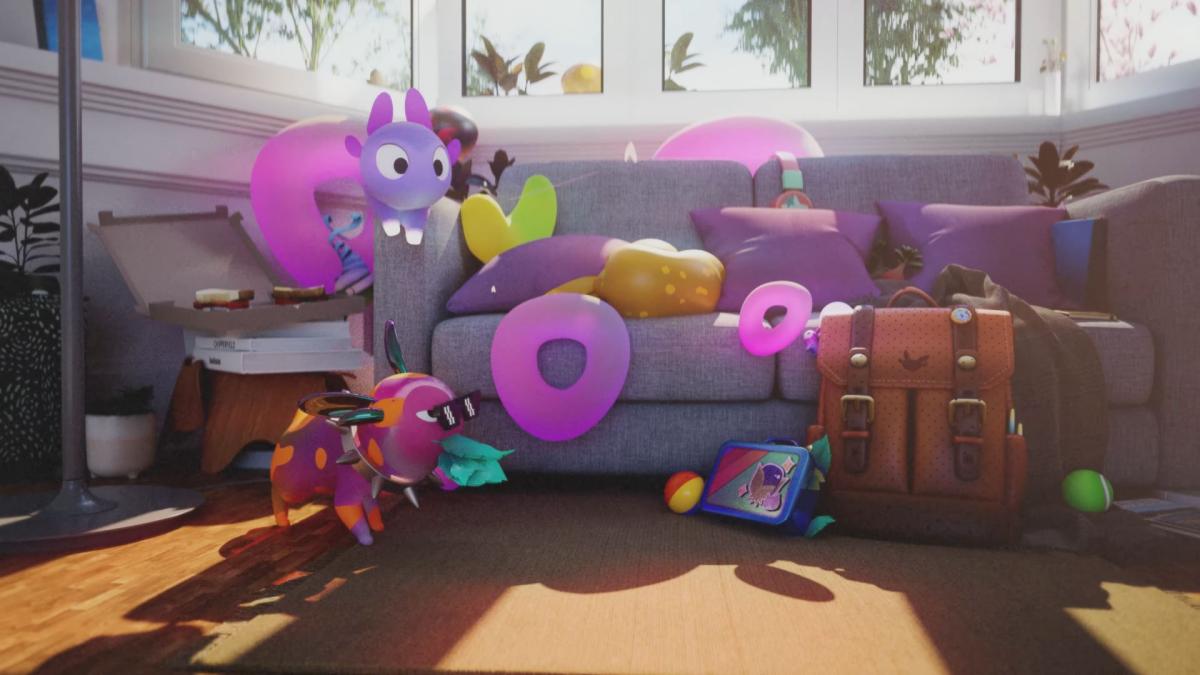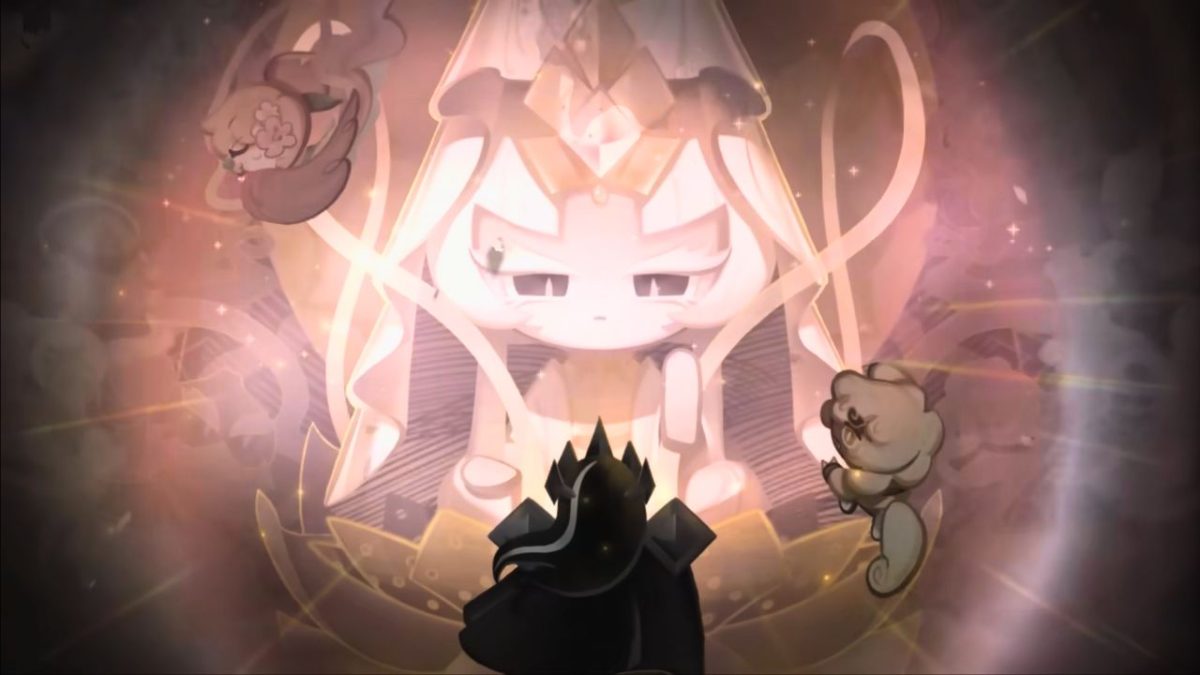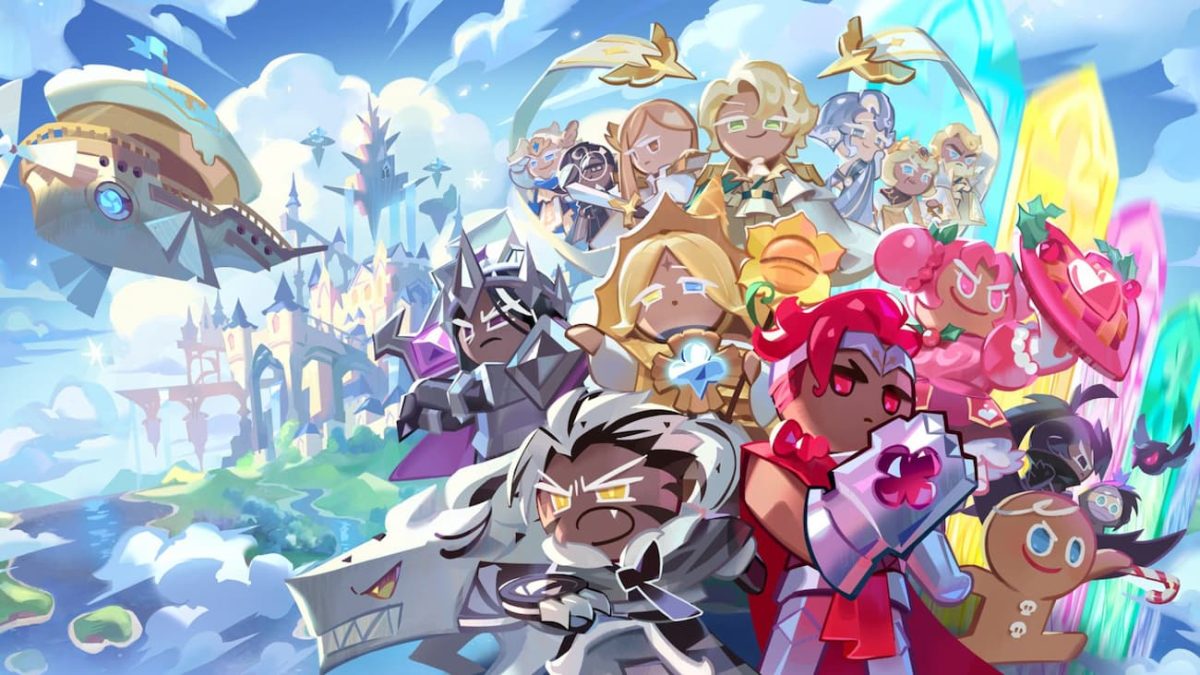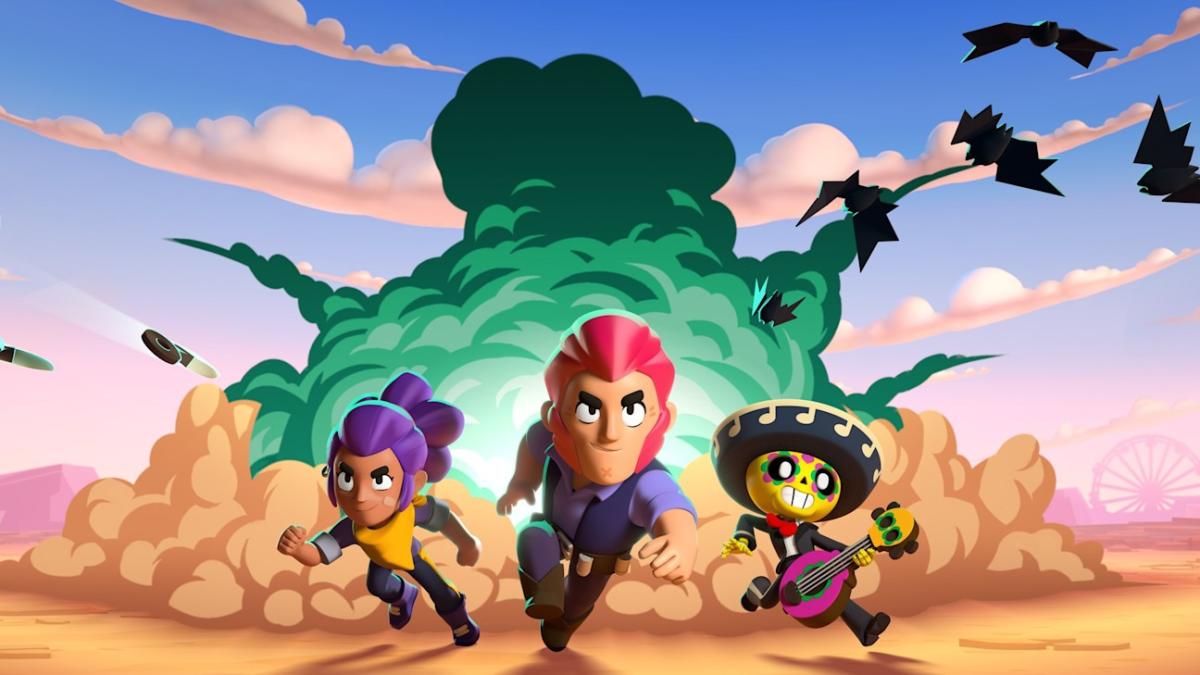Peridot, Pokémon Go developer Niantic’s first new IP in a decade, was officially released worldwide today, May 9.
The title marks the company’s first original launch since Ingress (2013). During this span, Niantic notably also released Pikmin Bloom and NBA All-World and remains in the process of developing Monster Hunter Now.
Peridot was originally revealed in April 2022, and in typical Niantic fashion, it’s being marketed by the company as the “world’s most innovative fully augmented reality (AR) and AI-powered game.” After being tested in certain countries around the world throughout last year, the mobile app is available for all to download now on iOS and Android.
The premise for Peridot is one that should feel fairly familiar to those who have ever played Pokémon Go or any version of Tamagotchi. After thousands of years of slumber, magical creatures known as Peridots (also known as “Dots”) are said to be just now waking up to today’s world. To protect them from extinction, the newly established Peridot Keeper Society needs players to take care of their own virtual pets in just about all the traditional ways one could think of—going for walks, feeding them kelp, teaching them tricks, and more. Unlike Tamagotchi, Peridots cannot die.
As described by former Niantic senior game designer Alexia Mandeville in a May 2022 blog post, however, Peridot seems to add a special AI-powered wrinkle to the pet simulation genre. Thanks to its freshly developed location-based AR features, Dots have the ability to interact with players’ real-world surroundings in “remarkably realistic ways.”
“The ability to show your virtual pet the real world is amazing,” Mandeville said. “It’s unlike other pet simulation games where you have to choose from a set of stock photos for their background—it’s your life that your Peridot is seeing and experiencing. It makes the game more wholesome as it adds a new sense of purpose with how we can share our life with our virtual pet.”
Outside, Dots can be told where to forage for food and will find certain items depending on what type of sceneries they’re looking in. At home, Dots are also said to be able to recognize and even “fetch” ordinary objects.
The main difference between both Pokémon Go and Tamagotchi here is that the long-term objective is to diversify the Peridot species by hatching new “100 percent genetically unique creatures.” Thanks to Niantic’s “Perigenetics” system, each Dot players breed is procedurally generated to look like one of roughly 2.3 x 10^24 different possible combinations, which happens to surpass the number of stars in the universe or grains of sand on all the Earth’s beaches.













Published: May 9, 2023 04:51 pm